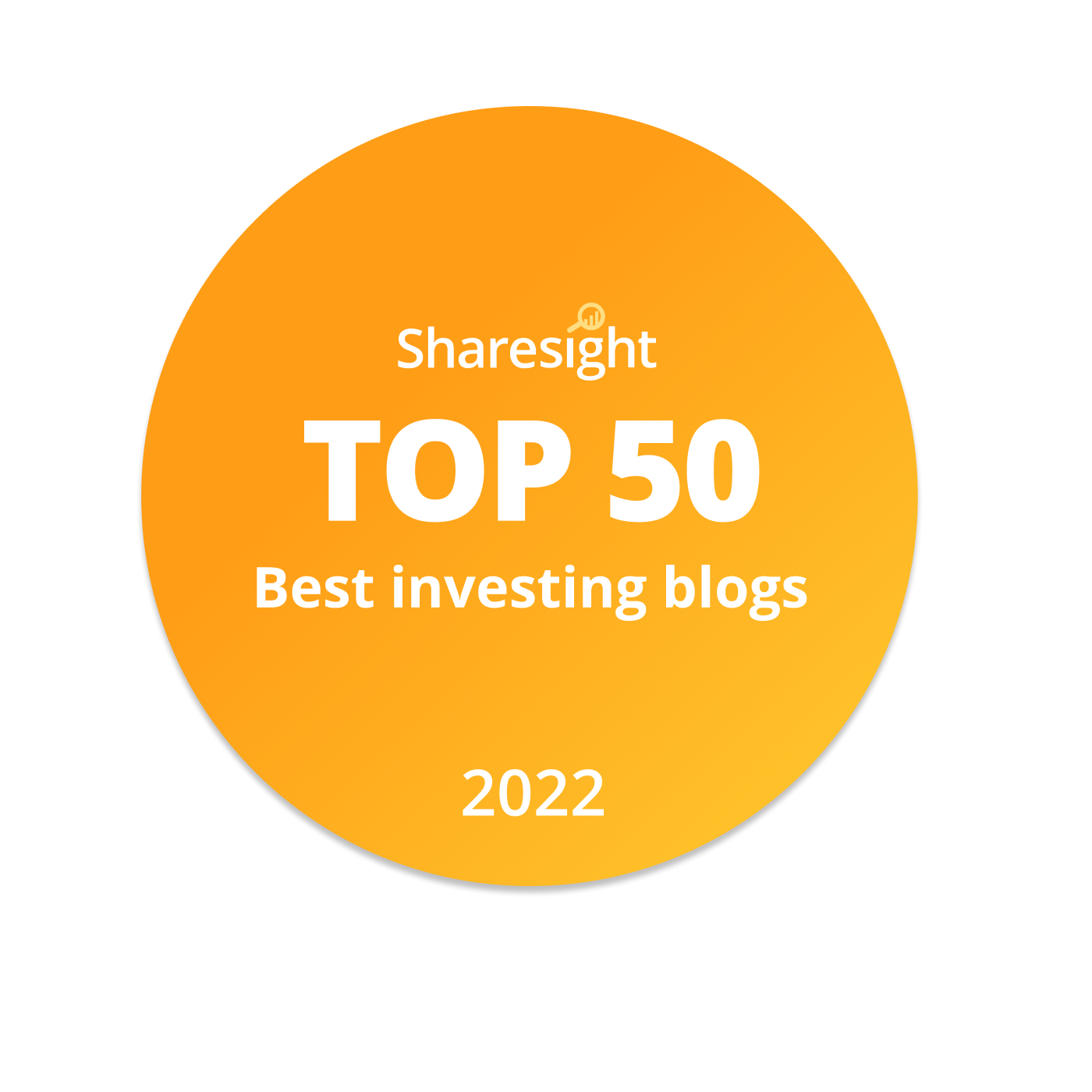
All stock market forecasts should begin with the following warning: Stock markets are unpredictable beasts in the short term, so it’s a bad idea to have strongly held beliefs about where they'll be at the end of the year.
But that doesn’t mean investors are completely in the dark. We do, after all, have decades of history to lean on. That history enables us to make fairly sensible statements about the fair value of indexes like the FTSE 100 and FTSE 250, as well as the odds that they'll go up rather than down over the next year.
Forecast 1: The FTSE 100’s fair value will be 9,000 at the end of 2025
Stock markets go up and down a lot, but they never become completely or permanently detached from their fair value.
Fair value is a somewhat nebulous concept because everyone has their own idea of what a fair price is or isn’t. Even so, a reasonable definition of fair value might be:
“Fair value is the price an average investor would pay when optimism, pessimism, corporate profits and the wider economy are neither unusually strong nor weak”.
In other words, fair value is the price investors would pay for a stock or an index under historically normal (or average) conditions.
For example, we can filter out unusually strong or weak profits and economic environments by looking at average profits or earnings over ten years.
Similarly, we can filter out emotional highs and lows by looking at the average price investors have paid for investments as a multiple of their average earnings.
What do price/earnings ratios have to do with emotions? The answer is that when investors are optimistic, they'll pay a high price relative to average earnings, and when they’re pessimistic, they'll only pay a low multiple of earnings. By looking at the average ratio of price to average earnings, we can filter out those highs and lows.
For the FTSE 100, its price is usually between ten and 25 times its ten-year average inflation-adjusted earnings, otherwise known as the cyclically adjusted PE ratio (CAPE) or Shiller PE.

As you can see from the chart above, over almost 40 years, the FTSE 100’s CAPE has risen as high as 32 (at the peak of the late 1990s dot-com bubble) and fallen as low as 9 (in the depths of the 2008-9 global financial crisis). Those extreme valuations represent extremes of optimism and pessimism respectively.
There are limits to optimism and pessimism and in most cases, an index’s CAPE ratio will tend to stay within a range of about half to double its long-term average. The FTSE 100 almost perfectly fits that model, with a long-term average CAPE of around 16 and 40-year peak and trough values of 32 and 9.
Fair value occurs when an index’s CAPE matches its long-run average, but over time, fair value grows because corporate profits and index earnings also grow over time.
You can see that phenomenon in the chart below. When the FTSE 100 is close to fair value, it sits at the centre of the yellow mid-range band, with higher and lower valuations in red and green respectively (reflecting their negative and positive implications for future returns). The coloured bands move up over time as the index's earnings grow.

As I write, the FTSE 100 has a price of 8,520 and a CAPE ratio of 15.6, which is just below its 40-year average of 15.9. So if the FTSE 100 reverted to a historically fair CAPE ratio by the end of 2025, the index would go up rather than down.
In addition, the FTSE 100’s earnings have grown about 2% faster than inflation over the last 40 years, so we should take account of that as well, because as earnings rise, fair value rises.
If we assume that the FTSE 100’s earnings grow by about 4% in 2025 (2% from inflation and 2% from real growth), and if we also assume its CAPE ratio increases from its current 15.6 to a historically average 15.9, we end up with the following entirely reasonable but somewhat unspectacular fair value forecast:
- Forecast: The FTSE 100’s fair value will be 9,000 by the end of 2025
Unfortunately, although the FTSE 100 will almost certainly return to fair value at some point, it is impossible to say when that will occur. It will probably require investors to feel a bit more optimistic about the UK, and while I hope that happens sooner rather than later, it isn’t something that can be forecast accurately.
Even so, it’s useful to know that fair value is north of where the index sits today, because fair value shows us the likely direction of travel, even if it can’t tell us exactly where the index will go in the short-term.
If saying “the index would go up in 2025 if it reverted to fair value” sounds too vague for your liking, we can go further by estimating the probability that the index will go up in 2025.
For those seeking hard precision, this will still seem like a cop-out, but in the real world, it’s about as good as you’re going to get.
Forecast 2: There is a 70% chance the FTSE 100 will go up in 2025
Let’s assume, once again, that the FTSE 100’s earnings grow by 4% in 2025.
If that happened, and if the FTSE 100 was still at its current level of 8,520 at the end of 2025, it would have a CAPE ratio of 15.0 (that’s lower than today’s CAPE of 15.6 because the earnings side of the ratio would have gone up).
Also, over the last 40 years, the FTSE 100’s CAPE has been above 15.0 more than 70% of the time.
If we assume that the last 40 years are a reasonable guide to the probability that investors will pay more or less than 15 times the index’s average earnings, then we can make the following statement:
- Forecast: There is a 70% chance the FTSE 100 will go up in 2025
This is a somewhat simplistic estimate and it also includes a 30% chance that the index could go down in 2025, so it would be foolish to place large bets on any specific outcome. But it’s still useful to know that the FTSE 100’s fair value is 9,000 and it's also useful to know that there is (very approximately) a 70% chance the index will go up in 2025.
Forecast 3: The FTSE 250’s fair value will be 28,300 by the end of 2025
Turning to the more UK-centric FTSE 250, this index is more out of favour than the internationally-focused FTSE 100. That's partly because investors are concerned about UK economic weakness, but it’s also because the S&P 500 is in a bubble.
While a US stock market bubble may seem irrelevant to the UK stock market, it’s acting like a black hole, sucking in investors and their capital from across the globe and away from less popular markets like the UK. This reduces demand for UK-focused stocks which in turn reduces their prices, and that’s partly why the FTSE 250 has gone almost nowhere for the last five years, even when dividends are included.
With the FTSE 250 currently sitting at 20,500, it’s comfortably below its all-time high of 24,200 that it reached in the short-lived post-lockdown optimism of 2021.
In terms of its CAPE valuation, that leaves the FTSE 250 with a CAPE ratio of 17, which is meaningfully below its long-term average of 22.

The FTSE 250’s average CAPE of 22 is higher than the FTSE 100’s average of 16, and that’s mostly because the FTSE 250 has grown faster than the large-cap index. The FTSE 250’s earnings have grown an impressive 4% faster than inflation over the last 30 years, and higher growth usually leads to higher valuations.
To estimate the FTSE 250’s fair value, we can make the simple assumption that the FTSE 250’s earnings will grow 4% faster than inflation in 2025. If we also assume that inflation falls to 2% across the year, then we end up with an earnings growth forecast of 6%. Add in the assumption that the FTSE 250's CAPE returns to 22 and we get the following fair value forecast:
- Forecast: The FTSE 250’s fair value will be 28,300 by the end of 2025
28,300 is a somewhat punchy 38% higher than today’s price of 20,500, so it’s very unlikely that the FTSE 250 will revert to fair value by the end of this year. But over the medium term, fair value will almost certainly be reached, as it always has been in the past.

With the FTSE 250’s fair value far above its current price, the likely direction of travel is upwards, but how likely is "likely"? By leaning on the historical record, we can estimate the odds.
Forecast 4: There is a 90% chance the FTSE 250 will go up in 2025
Over the last 30 years, the FTSE 250’s price and valuation have been more stable than the FTSE 100’s, which is somewhat surprising as you might expect mid-caps to be more volatile than large-caps. But the facts are what they are.
This means the current CAPE ratio of 17 is unusually low, and over the last 30 years, it’s been above 17 more than 90% of the time.
Using those 30 years of data as a guide, the odds are strongly in favour of a positive year for this index, which shouldn’t come as a surprise as the FTSE 250 has been the UK’s best-performing major index over the last few decades.
Although it's unlikely the FTSE 250 will gain the 38% required to reach fair value in 2025, history does suggest there's a strong chance it will produce positive rather than negative returns this year:
- Forecast: There is a 90% chance the FTSE 250 will go up in 2025
As always, nothing is certain in the stock market, and despite the high estimated probability of a gain, there is still at least a 10% chance that the FTSE 250 will go down in 2025. And so, as always, placing large short-term bets is probably a bad idea.
In summary, I would say the UK stock market continues to offer an attractive pond within which to fish, especially if you're a value-oriented dividend investor.
The UK Dividend Stocks Newsletter
Helping UK investors build high-yield portfolios of quality dividend stocks since 2011:
- ✔ Follow along with the UK Dividend Stocks Portfolio
- ✔ Read detailed reviews of buy and sell decisions
- ✔ Quarterly, interim and annual updates for all holdings
- ✔ Quality Dividend Watchlist and Stock Screen
Subscribe now and start your 30-DAY FREE TRIAL
UK Dividend Stocks Blog & FREE Checklist
Get future blog posts in (at most) one email per week and download a FREE dividend investing checklist:
- ✔ Detailed reviews of UK dividend stocks
- ✔ Updates on the UK Dividend Stocks Portfolio
- ✔ UK stock market valuations
- ✔ Dividend investing strategy tips and more
- ✔ FREE 20+ page Company Review Checklist
No spam. Unsubscribe anytime.





